There are many different distributions in Linux. Most of them are so stable that they can fulfill almost any purpose. However, Ubuntu emerges as the most popular of them. Being so good it is not perfect and that is why thanks to its open-source nature many other people have created distributions from the base of UBuntu. Of all of them, Linux Mint is the best and most recommended. So, Ubuntu vs Linux Mint is a very frequent fight, but which one is better? which one should I use? In this post, we will try to answer these questions.
Ubuntu the distribution that made Linux for the common user
Ubuntu always had a clear goal: to make a Linux distribution easy to use. And this goal has been achieved, Ubuntu is easy, stable and that is why it is the operating system of many developers and professionals worldwide.
On the other hand, the development of Ubuntu also has a share of controversy because of the decisions made by Canonical, the company behind Ubuntu. For example, the use of Unity or Snap packages. Either way, the result is a serious and mature Ubuntu.
Linux Mint: from freedom came elegance
Ubuntu was always very good, no doubt about it, but for the Linux Mint development team, it could be much better. So, they decided to create a community project based on Ubuntu but adding some improvements.
At first, they limited themselves to a small change in the graphical interface along with the inclusion of the default multimedia codec. They even slowly dared to improve some applications and create others.
Over time Linux Mint reached an incredible level of maturity to the point of being considered as an alternative to Ubuntu itself.
Ubuntu vs Linux Mint
So, since both systems share the same base and repositories, the same programs can be installed on both systems. But there are clear differences between one and the other beyond the design.
Appearance
If we talk about appearance, I think you can tell the difference at first look.
Firstly, Ubuntu uses GNOME as a desktop environment with its own theme called Yaru. This theme is an improvement of the already veteran Ambiance and Radiance themes.
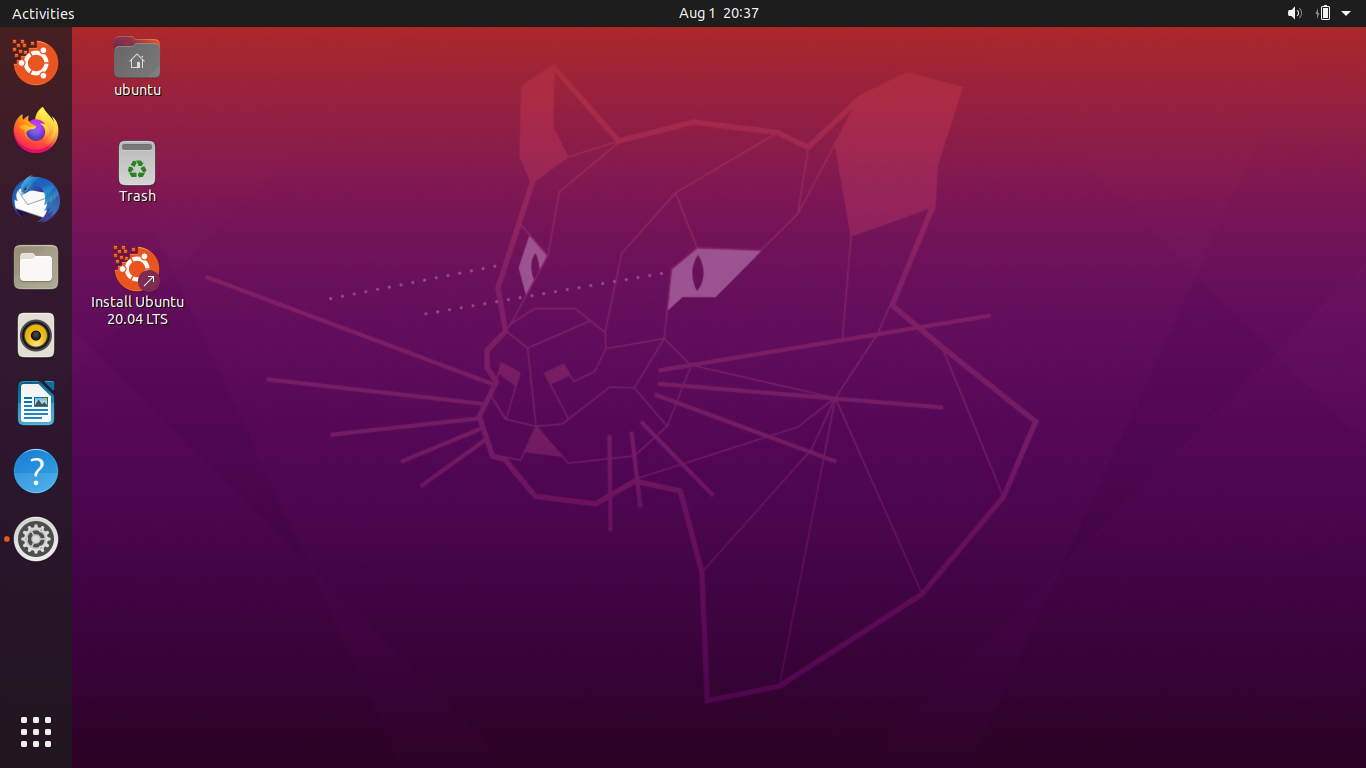
Also, Ubuntu customizes GNOME a bit and adds by default a left side dock that is very useful on large screens. You could say that this is the hallmark of Ubuntu.
However, it must be said that as far as proprietary applications are concerned, Ubuntu has lagged behind a bit since it does not include any.
On the other hand, Linux Mint has created its own desktop environment based on the GNOME Shell. It is called Cinnamon and has a much more traditional layout.
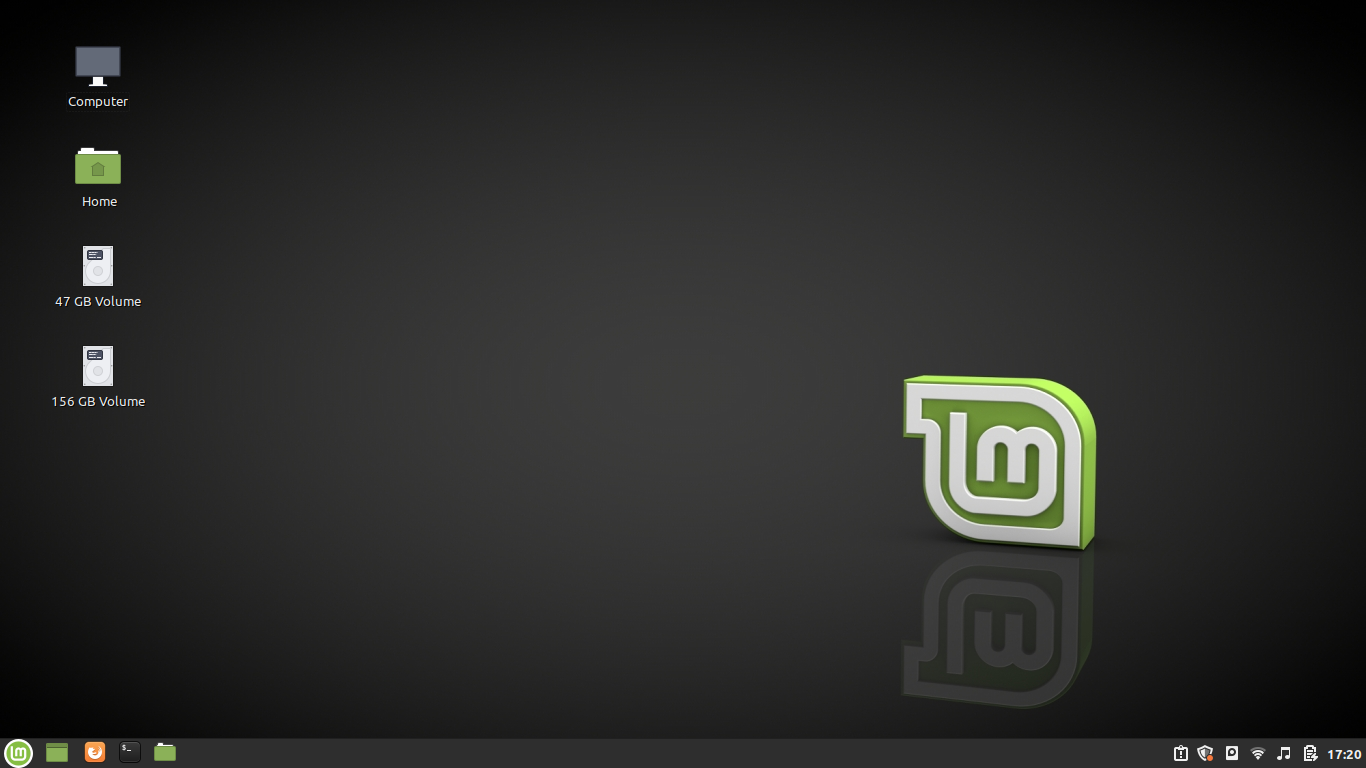
This layout of Linux Mint allows you to have a bottom panel and a system tray with all the icons and information of the system. This layout makes the transition from Windows to Linux Mint very smooth.
One aspect that makes Linux Mint different from Ubuntu and the rest of the Linux distributions are their own applications. So in Linux Mint, we find Nemo a file browser for Cinnamon and XED a text editor or a PDF reader of its own.
Default Applications
Although Ubuntu and Linux Mint have many applications in their repositories something else is included during the installation.
Ubuntu includes the really basic stuff to start working as office automation, web browsers, text editors, and so on. So this aspect fulfills the purpose of bringing a system with enough to start using.
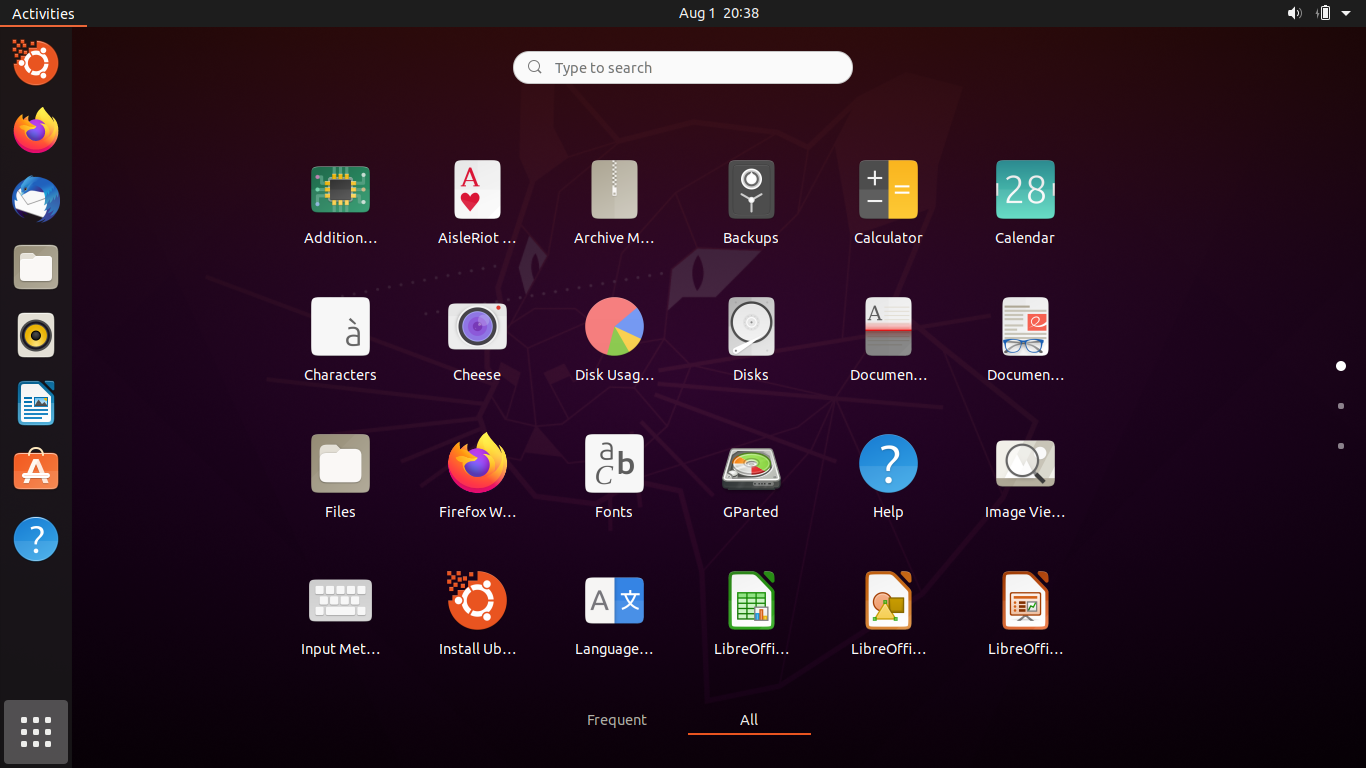
Linux Mint does not fall behind in this aspect, including many applications developed by themselves. This adds functionality that is fully integrated with the system.
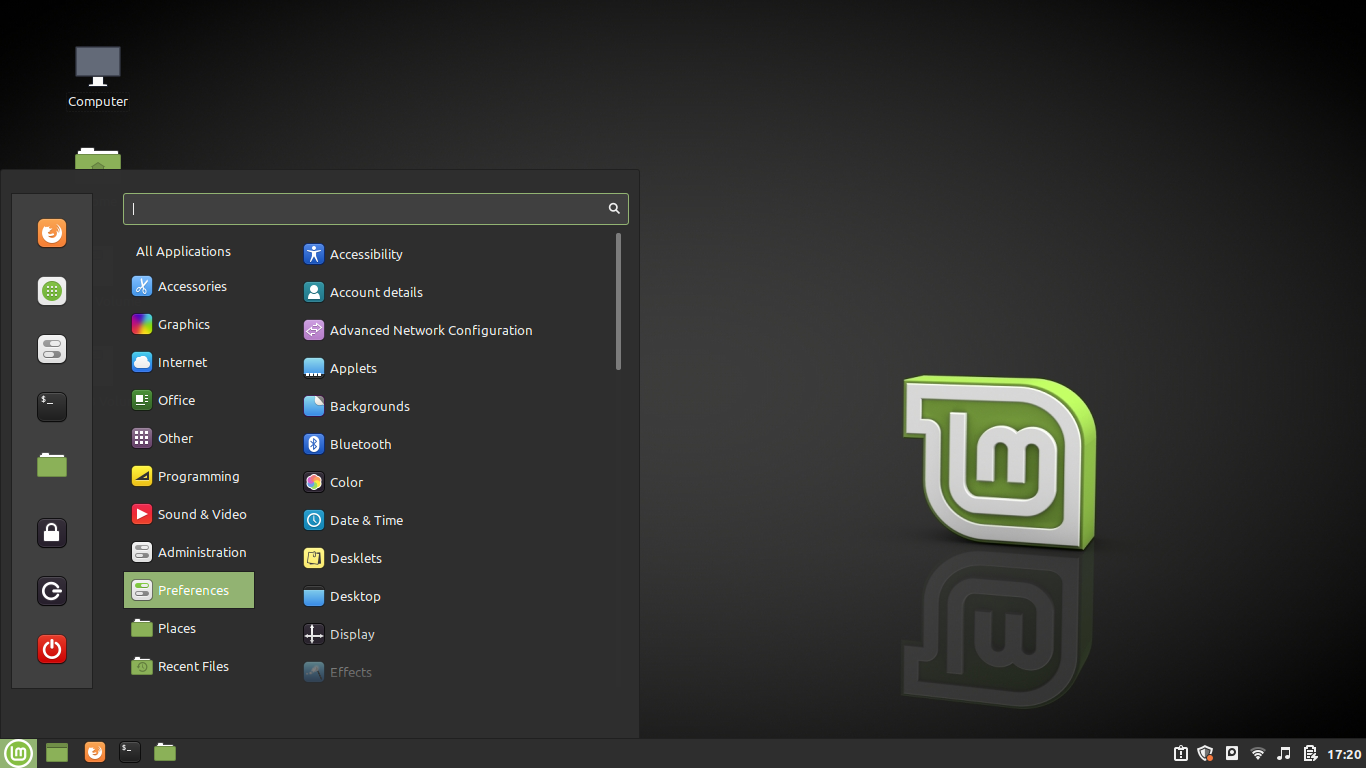
However, the key point in this section is that Linux Mint adds other types of applications such as a backup manager, an update manager that integrates kernel version management, and many other tools. That is to say, Linux Mint by default gives us a system ready to work but ready to be administered as well.
Ubuntu vs Linux Mint: Customization
Ubuntu gives us a pretty nice and well-made system but it is always possible to customize it. The problem is that by default, there are very few things we can do.
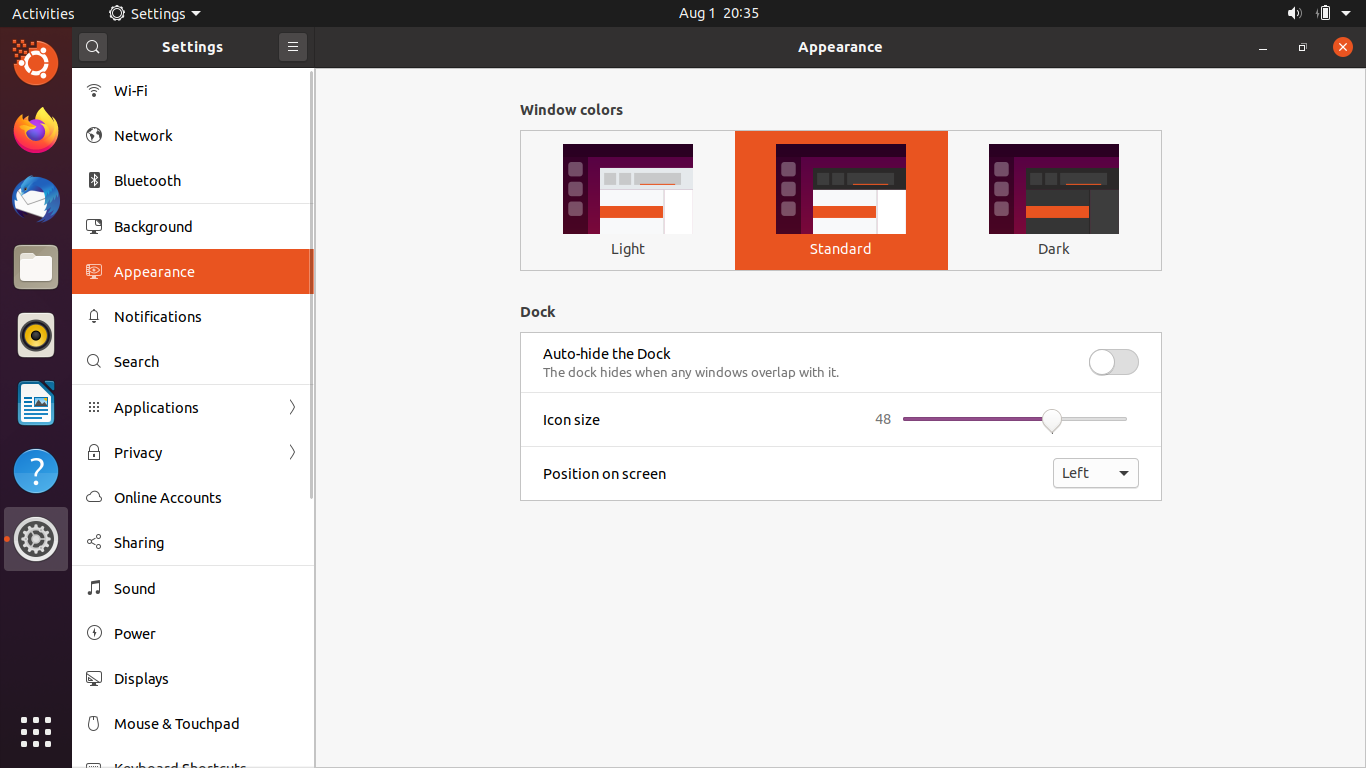
So, you have to install an application called Gnome Tweaks Tools which is not at all practical.
In Linux Mint Cinnamon you can customize a lot and everything from the system options. This means that no additional programs or tools are required.
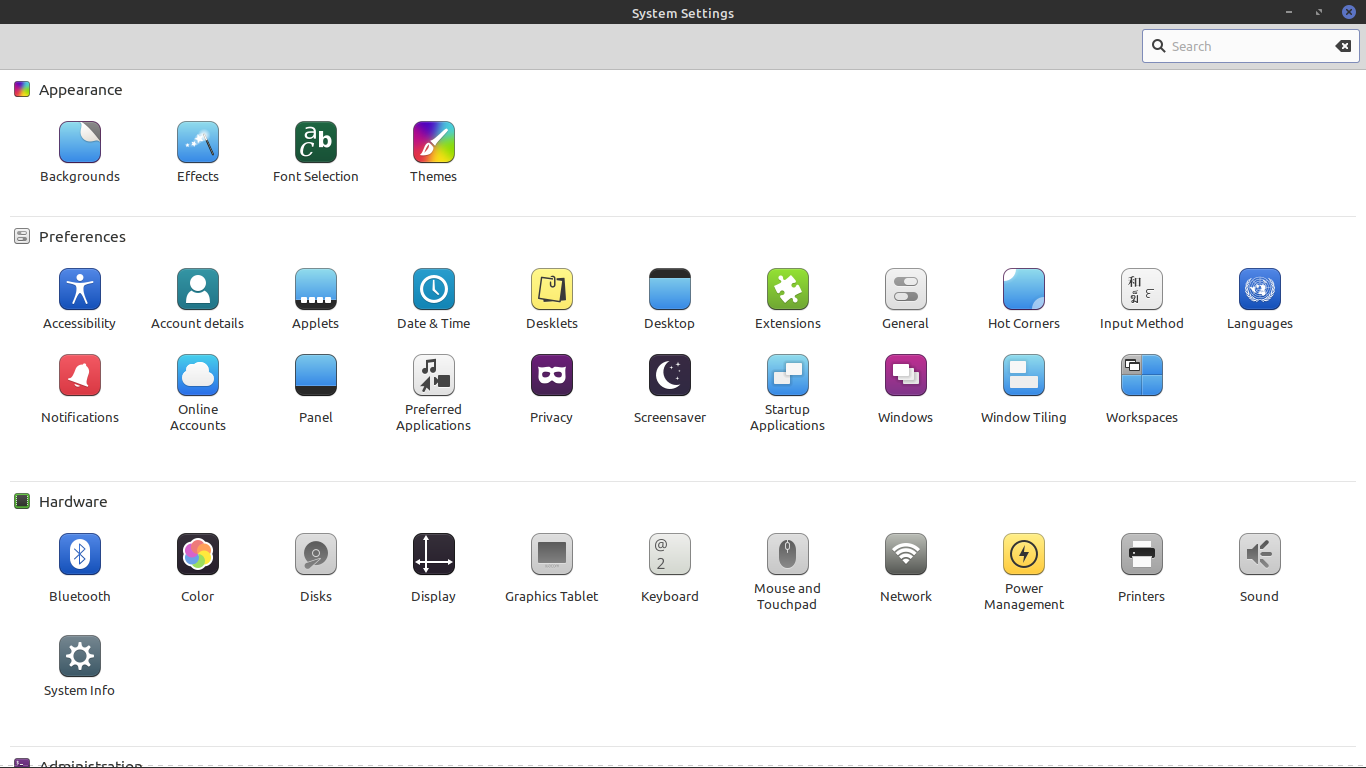
So if you like to customize your operating system a lot, you will be very comfortable with Linux Mint.
Ubuntu vs Linux Mint is also Snap vs Flatpak
We already know that Canonical is behind Snap and that despite the bad talk about them, they work and there are proprietary applications available under this format.
On the other hand, Linux Mint has decided to strongly support Flatpak and this opens another battlefront. If you like Snap packages very much, you should use Ubuntu but if you want Flatpak and less Snap, Linux Mint.
Anyway, since it is the same base, it is possible to use both package formats on both systems.
Conclusion
We are at a time when almost any Linux distribution fulfills its purpose in a great way. However, in the comparison between Ubuntu and Linux Mint, the role of the user in choosing which one is right for him is very important.
So, if you are a new Linux user, we think it is best to start with Linux Mint. Its graphical interface, plus its tools make it very easy to use without losing stability.